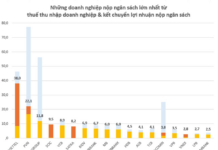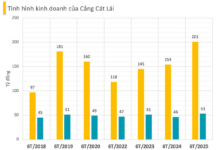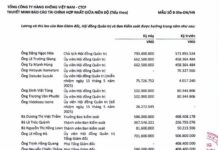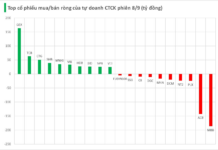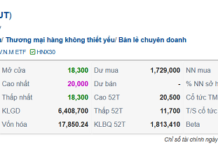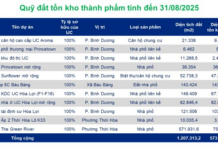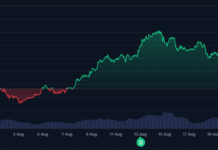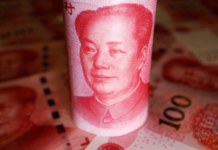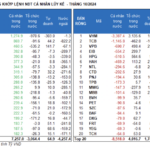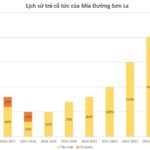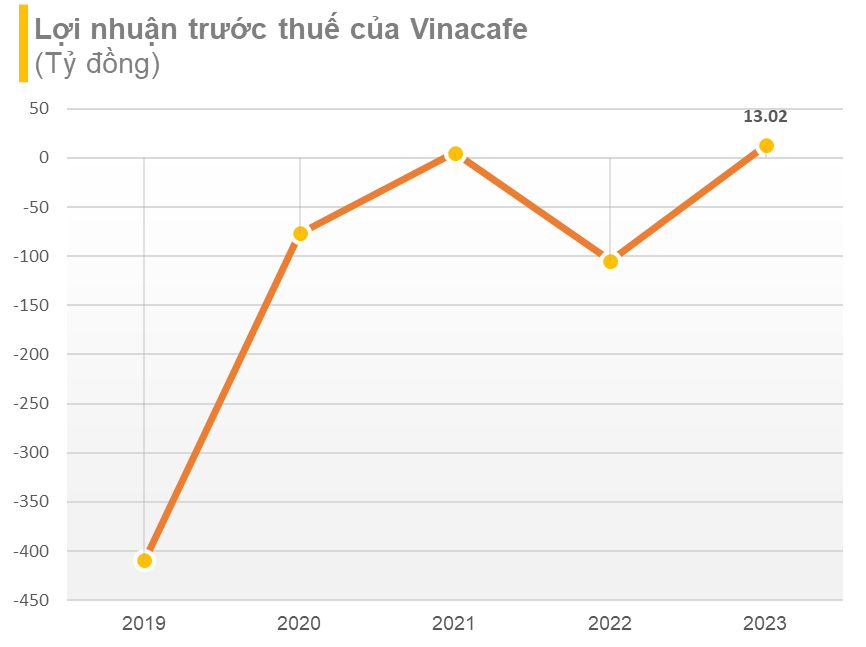|
EPS, or Earnings Per Share, is a critical metric for investors, representing the net profit (after tax) allocated to each common share of a company. In today’s highly competitive business landscape, EPS serves as a compass for investors to gauge a company’s profitability within its industry. However, it’s important to remember that no single metric can tell the whole story. Evaluating EPS in isolation may not provide a comprehensive understanding of a company’s performance. Investors should also consider other key financial indicators such as P/E ratio, ROE, and cash flow to gain deeper insights into the financial health, profit quality, and growth prospects of an enterprise. |
While EPS can offer valuable insights, it’s not without its limitations. Here are some considerations to keep in mind:
|
Companies with high EPS often attract investors with generous dividend policies and premium stock prices. Let’s take a look at two notable examples in the Vietnamese market:
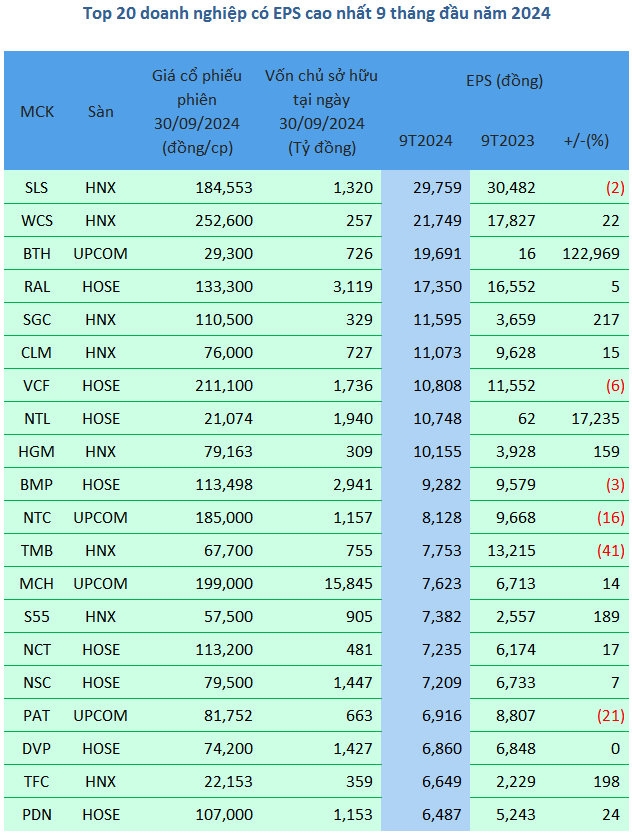
Source: VietstockFinance
|
According to VietstockFinance’s data on companies listed on the HOSE, HNX, and UPCoM exchanges, the highest EPS for the first nine months of the year belongs to SLS (Son La Sugar Joint Stock Company), reaching VND 29,759 per share, followed by WCS (Western Bus Station Joint Stock Company) with VND 21,749 per share. Both companies are renowned for their stable and attractive cash dividend policies, making them investor favorites.
While SLS maintained its top position in terms of EPS for the nine-month period, its EPS showed a slight decrease compared to the previous year. This was due to a 2% decline in cumulative net profit for the 2023-2024 fiscal year (from June 30, 2023, to March 31, 2024), which stood at over VND 291 billion. However, the positive aspect was an improvement in SLS’s gross profit margin, which increased from 29% to over 34%.
For the 2023-2024 fiscal year (June 30, 2023, to September 30, 2024), Son La Sugar recorded a net revenue of nearly VND 1,412 billion, a decrease of 18% compared to the previous year. However, net profit increased slightly by 1% to over VND 526 billion due to cost-cutting measures. This profit level marked a record high for SLS, surpassing the previous year’s performance. With these results, SLS exceeded its revenue and profit plans for the fiscal year by 35% and 284%, respectively.
Analysts from An Binh Securities Company (ABS) provided insights into SLS’s future prospects. They highlighted SLS’s favorable business conditions, including its presence in Hanoi, Hai Phong, and Vinh Phuc, with Hanoi contributing 75% of its total revenue. As the only company capable of producing RE sugar in Northern Vietnam and one of only five such companies in the entire country, Son La Sugar enjoys a competitive advantage. Additionally, the company’s sugar cane fields in Yen Chau, Son La, benefit from favorable weather and soil conditions, resulting in high sugar content.
ABS also noted the positive impact of strict import regulations and trade defense measures on the domestic sugar industry, reducing unfair competition from Thai sugar imports. Furthermore, SLS holds a unique advantage with the highest sugar conversion rate in the country, at 114 kg of sugar per ton of sugarcane, compared to the industry average of 100 kg. This contributes to lower production costs. Notably, SLS is the only listed company in Vietnam that is exempt from corporate income tax.
Turning to the runner-up, WCS, its EPS for the nine-month period also reached a record high, thanks to a 17% year-on-year increase in net profit to nearly VND 60 billion, the highest in the past 16 years.
Western Bus Station, one of the largest bus stations in Ho Chi Minh City, was built and put into operation in 1973. After 1975, the station was taken over by the state and operated under the management of the Ho Chi Minh City Department of Transport. In 2006, the station was transformed into a joint-stock company, and in 2020, it listed its shares on the Hanoi Stock Exchange (HNX).
A high EPS, coupled with a stable and attractive cash dividend policy, signals to investors the company’s ability to generate sustainable profits in the future. This “delicious prospect” attracts investors, increasing the demand for the company’s shares, while existing investors are less likely to sell, opting instead to enjoy the stable dividends. This dynamic of “insufficient supply to meet demand” contributes to the premium stock prices and low liquidity of these companies.
A strong owner’s equity makes EPS more reliable:
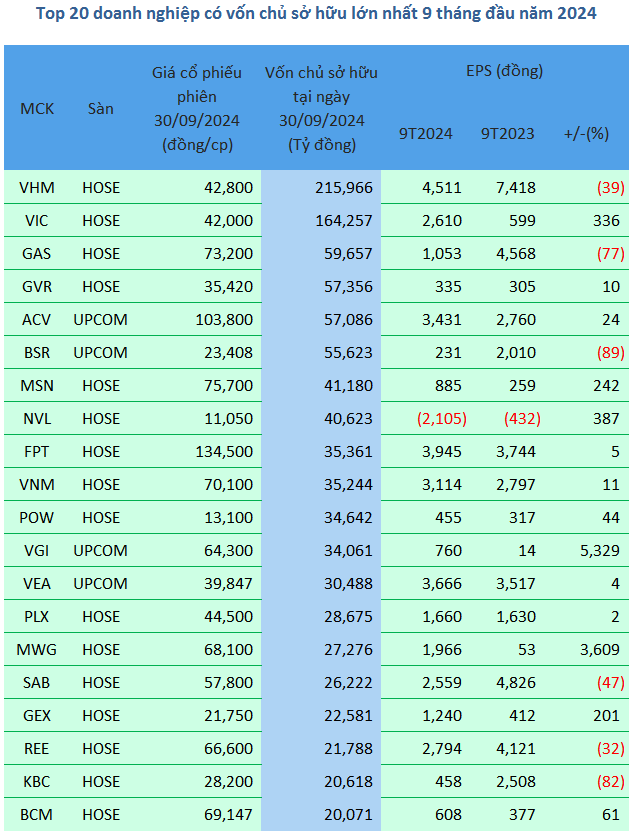 Source: VietstockFinance
|
Since EPS is calculated based on net profit and the number of outstanding shares, it’s crucial to consider both profit and owner’s equity (represented by the number of issued shares) when evaluating EPS. This approach enhances the reliability of the metric.
Among the top 20 companies with the highest owner’s equity in the market, half of them recorded EPS above VND 1,500. Vinhomes Joint Stock Company (VHM), with its substantial owner’s equity, also boasts a high EPS of VND 4,511. Compared to the previous year, this EPS figure decreased by 39% due to a 39% decline in net profit for the first nine months of 2024, amounting to VND 19,642 billion, while the number of issued shares remained unchanged at over 43.5 billion.
EPS soaring like a rocket:
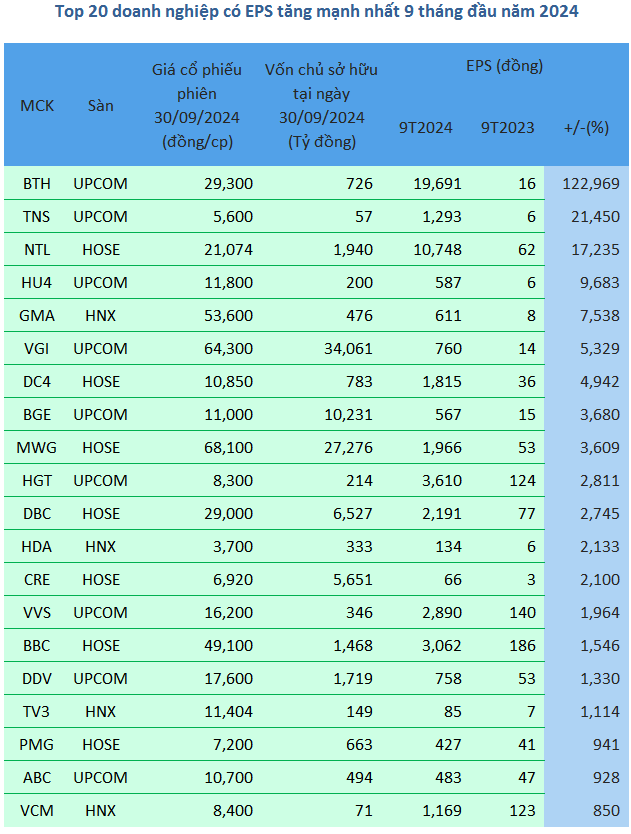
Source: VietstockFinance
|
The speed at which BTH’s (Hanoi Electrical Equipment and Materials Joint Stock Company) EPS has risen can be likened to that of a rocket. From less than VND 20 per share in the first nine months of 2023, BTH’s EPS skyrocketed to nearly VND 20,000 in the same period in 2024, an increase of 1,231 times. This remarkable growth earned BTH a spot in the top 3 companies with the highest EPS for the first nine months of 2024.
BTH’s extraordinary EPS growth is attributed to its remarkable net profit performance in the first nine months of 2024, which was several times higher than in previous years.
According to BTH, this surge in net profit resulted from the recognition of taxable income from the sale of 293 out of 334 apartments and 2 out of 25 adjacent houses. While the company did not specify the project, it is likely referring to its real estate project—a mixed-use development of services, housing, kindergarten, and green space at 55 K2 Street, Cau Dien, Nam Tu Liem, Hanoi. This is the only real estate project mentioned in BTH’s most recent annual report.
|
In 2010, BTH listed its shares on the HNX. However, in 2015, BTH’s shares were forcibly delisted due to consecutive losses from 2012 to 2014. In 2017, BTH registered for trading on the UPCoM. At the end of 2017, BTH held an extraordinary general meeting of shareholders to approve the private offering of 21.5 million shares at par value (VND 10,000 per share) to increase its charter capital from VND 35 billion to VND 250 billion. Hoang Thanh Group purchased over 11 million shares, increasing its ownership in BTH from 49.49% to 51%, thus gaining control. Additionally, the BTH general meeting agreed to halt production and use the proceeds from the private offering of VND 215 billion to maintain commercial activities and invest in the construction of the mixed-use project at the company’s headquarters. Hoang Thanh Group is a well-known real estate developer in Hanoi, with projects such as Mulberryland (in collaboration with CapitalLand, Singapore), ParkCity (in partnership with Desa Park City, Malaysia), and Hoang Thanh Tower at 114 Mai Hac De Street. |
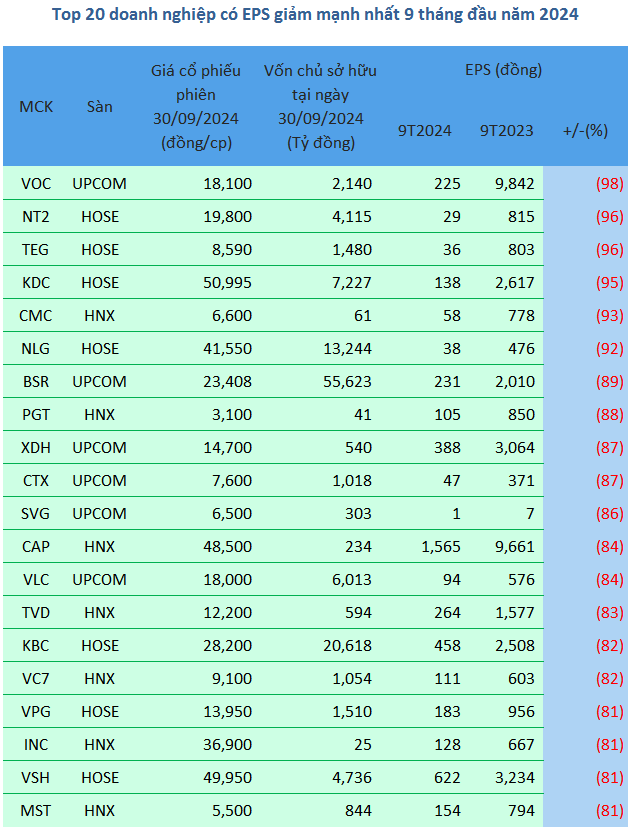
Source: VietstockFinance
|
In contrast to BTH’s stellar performance, Vocarimex (UPCoM: VOC), the Vietnam Vegetable Oil Industry Corporation, experienced a drastic decline in EPS, falling from VND 9,842 to just VND 225, the most significant drop in the market for the first nine months of 2024. As of September 30, 2024, the number of issued shares remained unchanged at 1.22 billion. VOC attributed this profit plunge to a restructuring of its business model to adapt to fluctuations in supply and the impact of raw material prices.
Khang Di
The Domestic Firm Makes Its Mark in October, Sweeping Up the Most Net Buys in the Market
Institutional domestic investors bought a net amount of 1,031.7 billion VND, with a match order of 761.8 billion VND. They were the strongest net buyers in the market in October.
The ROE Race: Q3 2024 Bank Rankings Unveiled. HDBank Maintains Lead as MB Closes in on ACB, with Techcombank Making a Strong Comeback.
In less than a year, the ROE rankings of commercial banks have witnessed significant fluctuations and divergences. Within the large bank cohort, HDBank retains its leading position, closely followed by MB and ACB, while Vietcombank, Techcombank, and VPBank are anticipated to demonstrate robust recoveries.
“The Catalyst to Attract Foreign Investment: Vietnam’s Stock Market in 2025”
VinaCapital forecasts an increase in the VN-Index (VNI)’s EPS growth from 18% in 2024 to 23% in 2025, marking a significant jump.
“The Power of Persuasion: Unlocking Shareholder Value with a Record-Breaking Dividend”
The price-to-earnings ratio (P/E) of this business is an incredibly low 3.5. This indicates a potential bargain for investors, as it’s a metric that showcases the company’s current share price relative to its earnings. A low P/E ratio can often signify an undervalued company, and this particular ratio is far below the industry average, presenting an intriguing opportunity for those seeking to invest.













